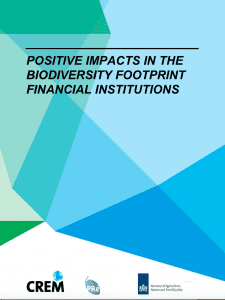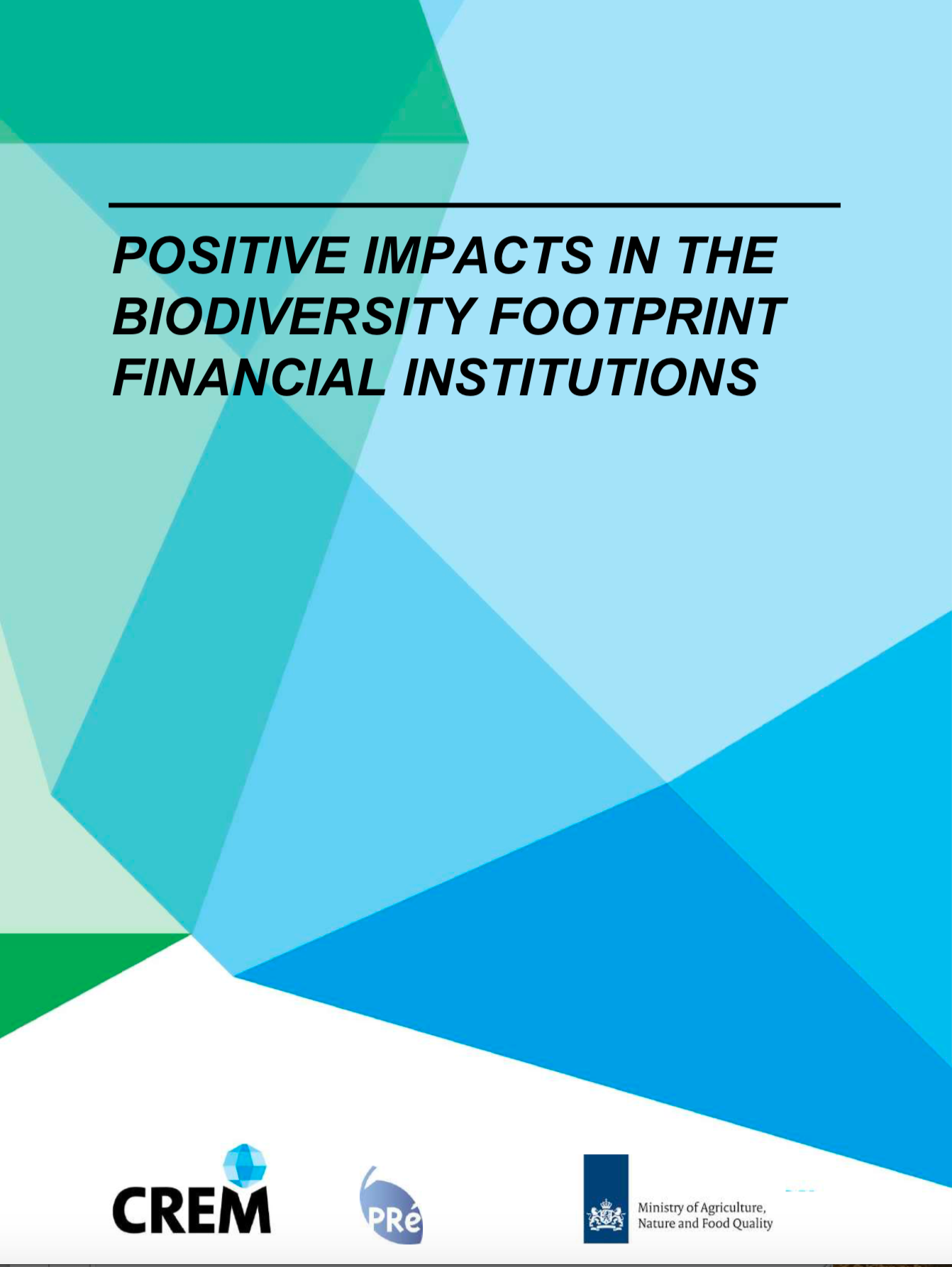
Positive impacts in the biodiversity footprint. Financial institutions
The Ministry of Agriculture, Nature and Food Quality has financed a study that examines how a financial institution can calculate its impact on biodiversity. The ASN Bank currently applies the Biodiversity Footprint Financial Institutions (BFFI) method, which can calculate both the negative and the positive impact of an investment portfolio on biodiversity. The discussion regarding the methodological approach towards positive impacts is still relatively new. For example, how are positive impacts defined? Do avoided greenhouse gas emissions resulting from investments in green energy count as a positive impact? Climate change is an important driver of biodiversity loss so avoided greenhouse gas emissions will prevent the loss of biodiversity. Or should the biodiversity actually increase (instead of not decrease) compared to a reference situation, e.g. through nature restoration? And what is this ‘reference situation’: positive compared to what? The biodiversity situation at the start of the investment or the future situation without the investment? Moreover, financial institutions (FIs) striving for a no-net-loss of a net-positive-gain on biodiversity may decide to treat different types of positive impacts differently when looking for ways to compensate for residual negative impacts on the level of an investment portfolio or to create a positive impact. In this project, the ways to define and integrate biodiversity-positive investments in a biodiversity footprint have been explored, taking the BFFI as a methodological reference to determine how positive impacts can find their way into a biodiversity footprint. The results will be discussed on various international forums such as the EU platform Business @ Biodiversity and the UNEP-FI.



No Comments